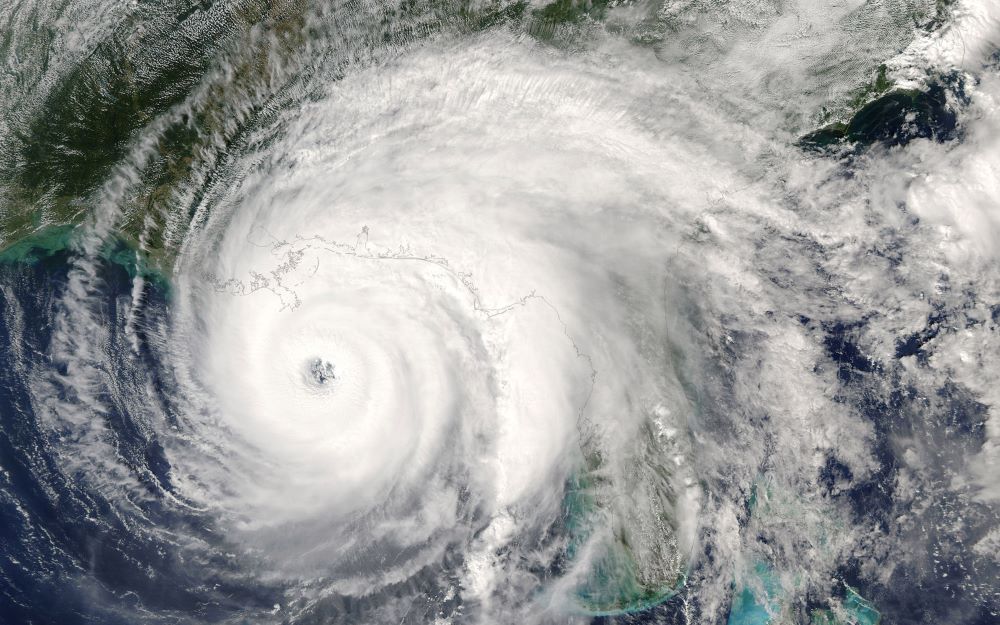As Category 4 Hurricane Ian pummels Florida and South Carolina, a new study has found that even relatively weak storms pose a serious flooding threat to hospitals on the East Coast and Gulf Coast.
A new study published Thursday in the AGU journal GeoHealth by the Center for Climate, Health, and the Global Environment at Harvard T.H. Chan School of Public Health, Boston University School of Medicine Department of Family Medicine, and PSE Healthy Energy found that the effects of climate change on sea levels expected in this century increase the odds of hospital flooding by 22%. The study also found that at least half of the hospitals in 25 of the 78 metro areas could flood in a Category 2 hurricane.
Miragenews.com reports that the following 10 metro areas are where a Category 2 hurricane threatens access to hospital care most:
- Miami-Fort Lauderdale-West Palm Beach, FL
- New York-Newark-Jersey City, NY-NJ-PA
- Boston-Cambridge-Newton, MA-NH
- Orlando-Kissimmee-Sanford, FL
- New Orleans-Metairie, LA
- Tampa-St. Petersburg-Clearwater, FL
- North Port-Sarasota-Bradenton, FL
- Jacksonville, FL
- Cape Coral-Fort Myers, FL
- Philadelphia-Camden-Wilmington, PA-NJ-DE-MD
Five of these areas will be tested by Hurricane Ian: Tampa-St. Petersburg-Clearwater; Cape Coral-Fort Myers; North Port-Sarasota-Bradenton; Orlando-Kissimmee-Sanford; and Jacksonville.
ABC News reports that the Sarasota area has the most hospitals at risk of flooding, followed by the Fort Meyers area.
Additionally, with sea level rising, Baton Rouge, Virginia Beach, Corpus Christi, Philadelphia, and Boston are expected to have more than 90% increases in the number of beds at risk of flooding during a Category 2 hurricane, reports Miragenews.com.
The study also found that even if the actual hospitals don’t flood, flooding of their immediate surroundings could made roads around them impassible, which could prevent or reduce access to medical care.
Experts are warning hospitals to prepare for this type of flooding from storms.
“Most hospitals have done very little [to prepare for hurricanes] because they don’t have the resources, which is understandable,” Dr. Aaron Bernstein, senior author of the study and interim director of the Harvard Chan Center for Climate, Health and the Global Environment, told ABC News. “Health care is on the ropes after COVID. So you can imagine the idea of building protections against flooding is not necessarily top on the priority list.”
The study’s authors, however, did provide some hope:
“The Southeast Louisiana Veterans Health Care Center built in 2016, which replaced the VA Hospital and Charity Hospital in New Orleans after Hurricane Katrina, provides a model for how coastal hospitals and health systems can improve their resilience to hurricanes. It was designed to remain operational for seven days even if city utilities and infrastructure are compromised and features back-up fuel supplies, on-site sewage treatment facilities, and sufficient accommodations for up to 1,000 staff and patients to shelter in place. Critical mechanical and electrical equipment as well as patient care areas are located at least 20 feet above the 100-year floodplain.”













